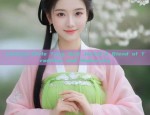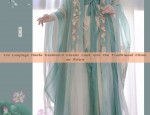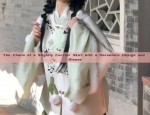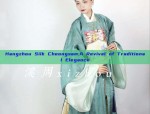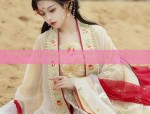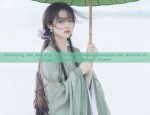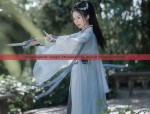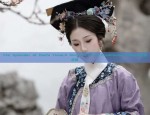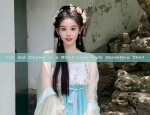Embracing Modernity in Traditional Qipao:The Evolution of the Cheongsam-Inspired Fashion for Women
In the crossroads of traditional culture and contemporary fashion, the qipao, a traditional Chinese garment, has undergone numerous transformations to adapt to the evolving tastes of modern women. The Cheongsam, as a variant of the qipao, has always been a symbol of elegance and grace, embodying the essence of Chinese culture. As we delve into the latest iteration of this traditional attire, we witness a blend of old-world charm with contemporary design elements.
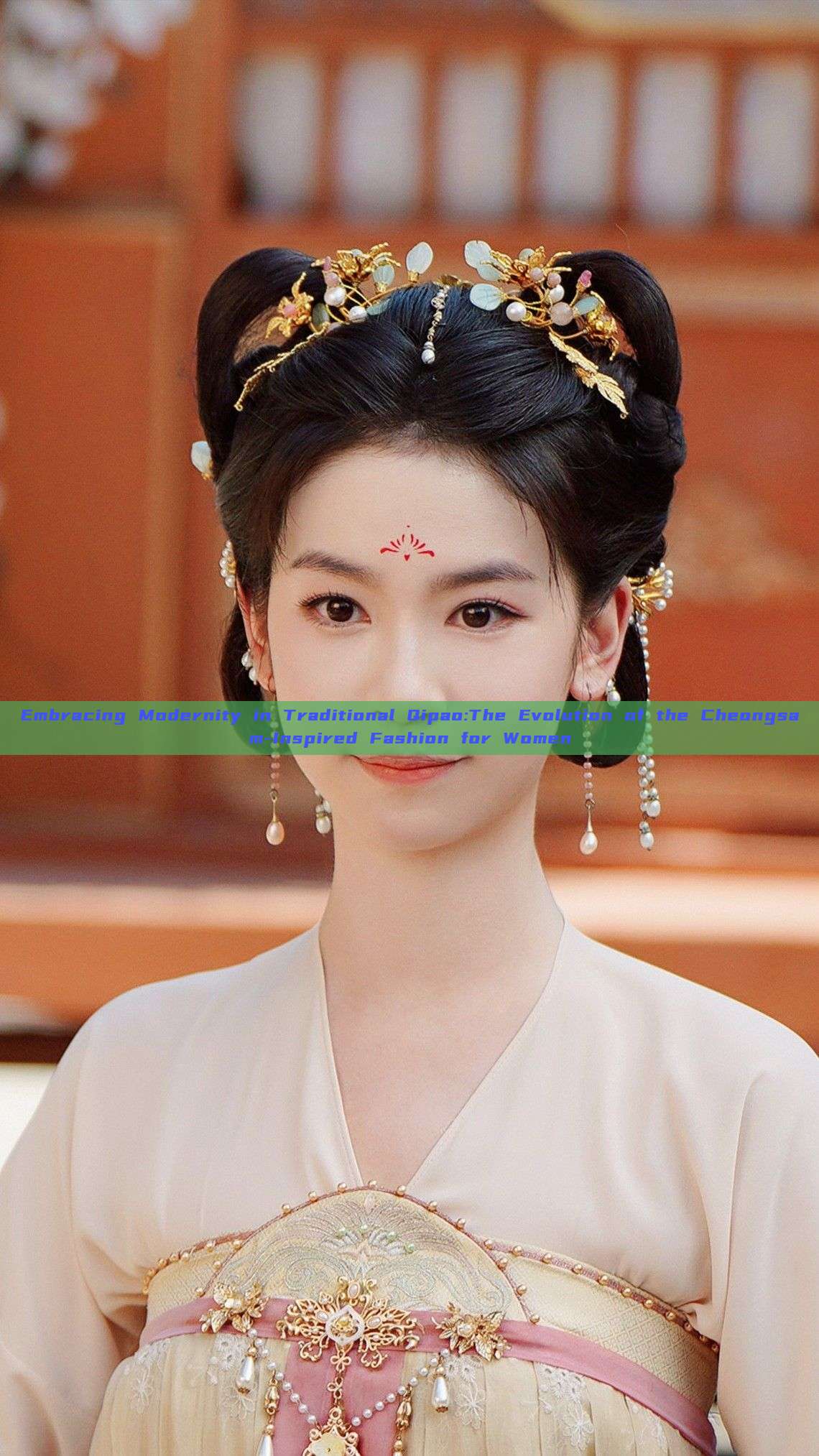
The cheongsam, originating in the early 20th century, has experienced a significant evolution in design and style. It has transformed from a strictly traditional garment to a fashion-forward piece that modern women can wear with confidence and ease. The modern cheongsam is tailored to fit the figure of the wearer, emphasizing curves and feminine forms. It incorporates contemporary elements like zippers, slit details, and modern cuts that make it more comfortable and practical for everyday wear.
The modern cheongsam is not just about fashion; it’s also about personal expression and cultural identity. It allows women to wear their cultural heritage proudly while staying true to their modern selves. It’s a blend of traditional craftsmanship and modern design thinking, where every detail is carefully considered to create a garment that not only looks beautiful but is also comfortable and functional.
The journey of the modern cheongsam has been influenced by various factors, including global fashion trends, the evolving tastes of the younger generation, and the need for comfort and practicality. Designers have taken inspiration from various sources to create new styles that are unique and different from the traditional ones. They have experimented with different materials, colors, and patterns to create a cheongsam that is both traditional and contemporary.
One of the most significant changes in the modern cheongsam is the use of different materials. Instead of using traditional silk or cotton, designers now use different types of synthetic materials that are more durable and easy to maintain. These materials allow for more flexibility and movement, making the cheongsam more comfortable to wear for long hours.
Another important aspect is the design of the slit. Traditional cheongsams had limited slits that restricted movement, but modern designs have larger slits that allow for more freedom of movement. This innovation has made the cheongsam more practical for everyday wear, making it easier for women to wear it to different occasions without feeling restricted.
The modern cheongsam also incorporates different patterns and colors that reflect the modern taste. Instead of being confined to traditional Chinese patterns, designers now experiment with different patterns and colors that are more contemporary and in line with global fashion trends. This allows women to choose a cheongsam that matches their personal style and preference.
The evolution of the cheongsam is not just about changing fashion trends; it’s also about respecting tradition and heritage while staying open to innovation and change. It’s a garment that tells a story of a cultural heritage that has been passed down through generations but is constantly evolving to adapt to the changing times. The modern cheongsam is a testament to this evolution, where traditional craftsmanship meets modern design elements to create a garment that is both beautiful and functional.
In conclusion, the modern cheongsam is not just a piece of clothing; it’s a symbol of cultural heritage and personal expression. It represents a blend of old and new, where traditional values are combined with contemporary design elements to create something unique and beautiful. As we continue to embrace global fashion trends and experiment with different designs, we must also respect our cultural heritage and ensure that our traditional garments continue to evolve and adapt to changing times. The modern cheongsam is a perfect example of this balance between tradition and innovation.

 Previous Post
Previous Post

